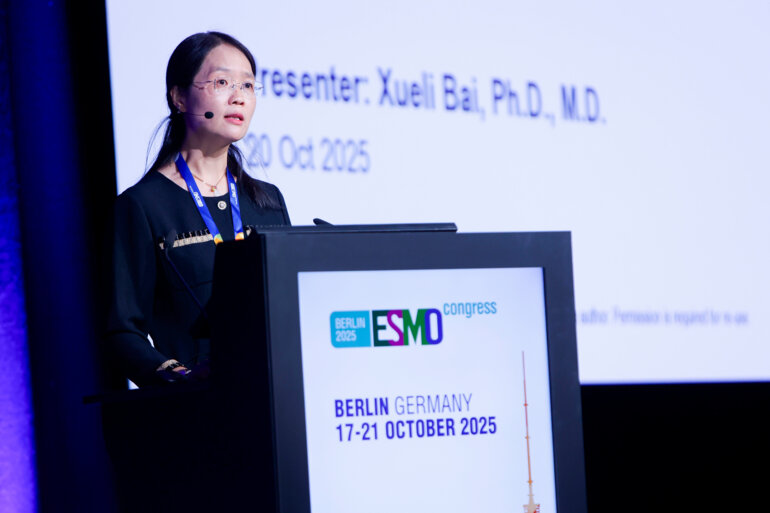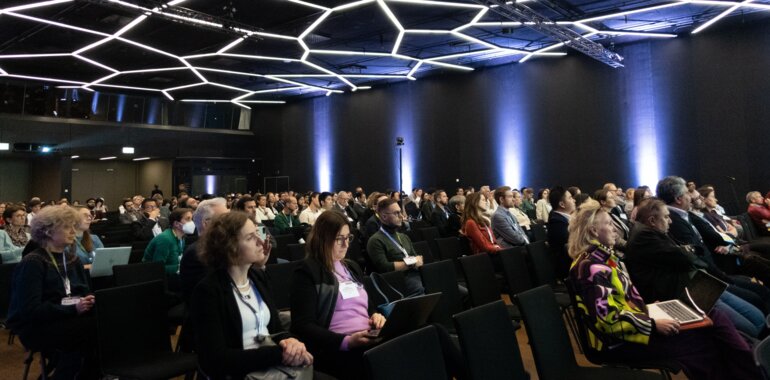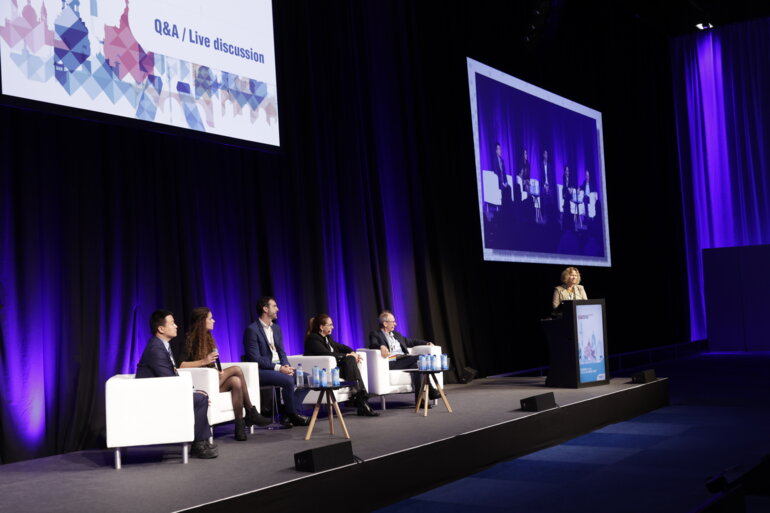Novel approaches are being tested to overcome current challenges in the use of cellular therapies such as high toxicity and a complex manufacturing process
Chimeric antigen receptor (CAR)–T cell therapies have been highly successful for treating B cell malignancies and have also recently shown potential for the treatment of solid tumours. However, two major hurdles have slowed their development and widespread use: the toxicity/efficacy balance and logistic aspects.
Multiple strategies to refine the toxicity/efficacy balance in solid tumours have been applied with limited success so far. One such strategy is to “armour” CAR-T cells by adding genes encoding inflammatory cytokines (for example TNF, IL2 or IL12) to the CAR construct to provide a potent signal 3 (the CAR providing signal 1 – e.g. the TCR – and signal 2 – with the addition of a CD28 or CD137 domain to the CAR). The aim is to help the modified T-cell survive in the hostile tumour microenvironment of solid tumours and persist in time (a key requirement for prolonged response). However, armoured CAR-T cell therapy has been associated with excessive toxicity due to peripheral expression of the armouring transgene. In a study recently published in Nature, a CRISPR knock-in strategy to achieve tumour-localised transgene expression was described (Nature. 2025 Jul 2 ). By comparing tumour infiltrating T-cells with their splenic counterparts in both mice and humans, the authors identified genes expressed in T-cells in the tumour context. Additional experiments allowed them to narrow their list to eight genes with higher expression in tumour-infiltrating CAR-T cells, which included the PDCD1 locus encoding PD-1. Experiments with various cytokines knocked-in the PDCD1 locus showed that despite higher expression in tumours, expression of PD-1 in the periphery led to cytokine-induced toxicity in mice. Further work identified genes with more tumour-restricted expression, including NR4A2 and RGS16, as candidates to support cytokine expression at the tumour site. To confirm the relevance of these findings, the authors designed mouse CAR-T cells expressing IL-12 knocked-in the NR4A2 locus and confirmed the efficacy and safety of the approach in mice. This effect was concomitant with improved CAR-T cell polyfunctionality, activation of endogenous antitumour immunity, and a favourable safety profile. In their final experiments, the authors confirmed the relevance to human T cells and the applicability of their system for generate CAR-T cells with T cells from patients with diffuse large-B cell lymphoma or myeloma, although these have not yet been tested in humans.
Broader application of CAR-T cells is currently limited by complex manufacturing process and the necessity for lymphodepleting chemotherapy. Manufacturing, which require leukapheresis, T-cell activation, genetic modification, ex vivo expansion, typically lasts 6-12 weeks, and significantly limits large scale production, thus restricting patient accessibility to treatment. To address these limitations, a research group developed targeted lipid nanoparticles (tLNP) to deliver mRNA payload for in vivo CAR-T engineering, a technology similar to the one used in mRNA vaccines (such as BNT162b2), as described in a study recently published in Science (Science. 2025 Jun 19;388(6753):1311-1317 ). tLNPs consist of a lipid nanoparticle comprising five lipid components, including an ionisable lipid, a targeting moiety conjugated to the LNP (such as an antibody), and an encapsulated mRNA payload. Previous research has shown that the lipid content of LNPs can modulate their uptake by different cell populations, even without a targeting antibody (Nat Rev Clin Oncol. 2023 Nov;20(11):739-754 ). In this second study, a specific lipid nanoparticle was designed to minimise non-specific uptake by the liver and spleen, using a novel ionisable lipid named L829. The authors used a CD8-targeting antibody to lower the risk of CRS mediated by CD4-released cytokines. They then fined tuned existing CD19-CAR constructs by modifying the UTR and sequence to optimise mRNA persistence in T-cells and CAR expression. By using various mouse and cynomolgus monkey models, they demonstrated a potent in vivo generation of CD19 CAR-CD8-T cells that led to rapid and profound B-cell depletion together with a favourable safety profile, even without corticosteroid premedication. In humanised mice models of leukemia, three doses of CD8-L829-tLNP-CD19 given 72 hours apart induced near-complete tumour clearance in all animals. CAR expression persisted for several days, which was sufficient for a deep but transient depletion of normal B cells. This is of interest for autoimmune disease where the goal of CD19 CAR-T cell therapy is to induce a reset of the immune system - i.e. to suppress the pathogenic B cells but allow a recovery of naïve B cells. The application to human cancer therapy may require longer dosing as CAR-T persistence seems to be required for prolonged tumour control in most clinical trials. Beyond the ease of use and apparent safety, another potential advantage of using mRNA encoded CAR is the lack of secondary CAR-induced transformation, which has an overall low incidence.
These two recently published studies highlight the incredible development of T-cell therapy and its emerging application to solid tumours.





